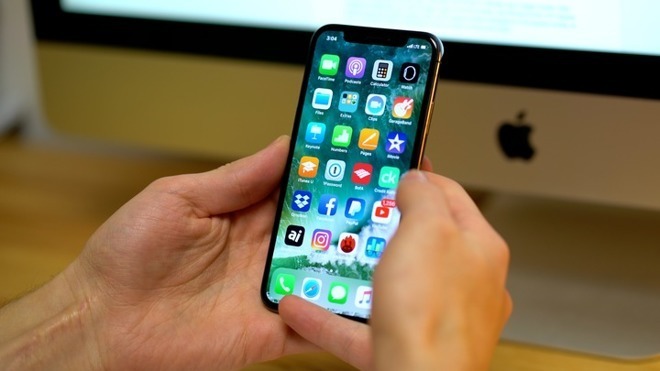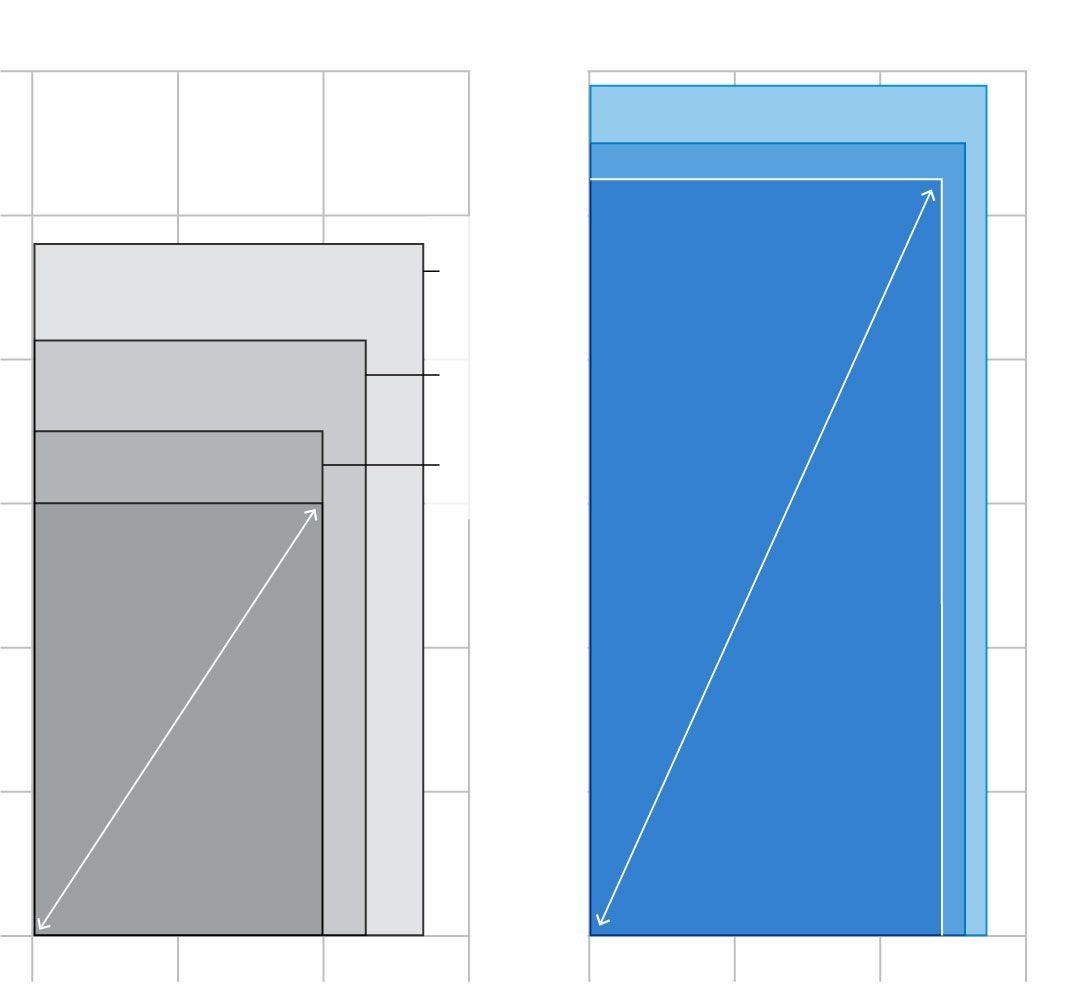The increased costs of making larger displays is small compared to the extra revenues they will bring by driving greater use of the iPhone and tailoring to Apple's forthcoming video services, according to a new analysis.
Apple's "Gather round" event is expected to see the company step up the screen size in two of its three new iPhones by an average of 23 percent compared to last year. According to the Wall Street Journal (article requires subscription), this increase in size will boost initial sales and then also increase owners' use of the phones.
The replacement for last year's iPhone X is expected to retain that phone's 5.8 inch display. However, the replacement for the iPhone 8 is believed to be increasing its screen to 6.1 inches and there's to be a Plus-sized version at 6.5 inches.
"The bigger the device, the more people are getting out of it," analyst Jennifer Chan of research firm Kantar Worldpanel told the Journal. "And the more opportunity there is for Apple to generate money from them."
Kantar Worldpanel claims that users with smartphone screens 6 inches or larger typically use twice as many apps as those with 5.5 inch screens..
The Journal says that it costs Apple $33 more to make Plus-sized models of the iPhone and that the company then charges $100 extra. "As a result, Apple pocketed nearly $77 more profit from the iPhone 8 Plus [than the iPhone 8]," says journalist Tripp Mickle.
Analyst Carolina Milanesi, previously of Kantar and now with research firm Creative Strategies, told the Wall Street Journal that: "The larger screen is not just about real estate. It's a much broader play that benefits the Apple ecosystem."
Milanesi believes the bigger screens make watching TV shows and films more appealing and so expects this to help with Apple's video streaming plans.
Currently there are 1.3 billion iPhones is use and Apple earns an average $30 per device annually from services such as Apple Music, according to estimates by Morgan Stanley.
 William Gallagher
William Gallagher








-m.jpg)






 Amber Neely
Amber Neely
 Mike Wuerthele
Mike Wuerthele



 Andrew Orr
Andrew Orr
 Wesley Hilliard
Wesley Hilliard






11 Comments
Dude, $100 minus $33 is a $67, not nearly $77. Just sayin'.
I’m all in on bigger screens but Apple (especially) and most app developers need to make better use of the bigger screens. The Plus phones do make some reasonable accommodations in landscape orientation. The iPad is the worst offender in not taking advantage of the massive screen it has.